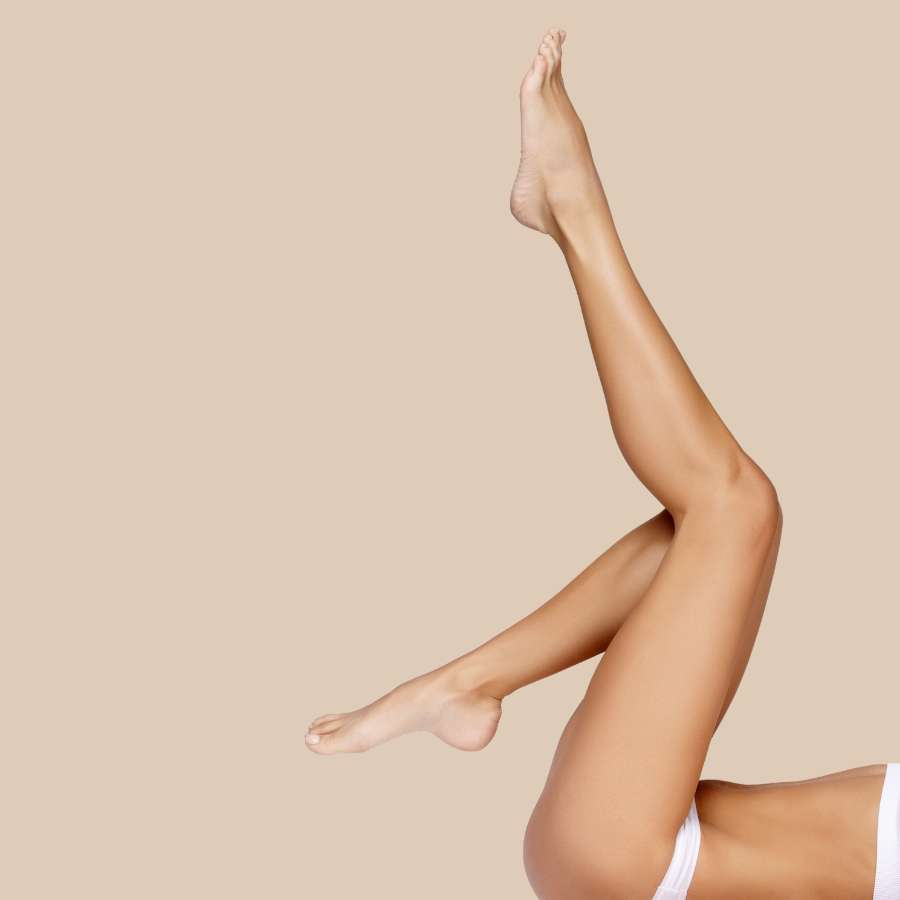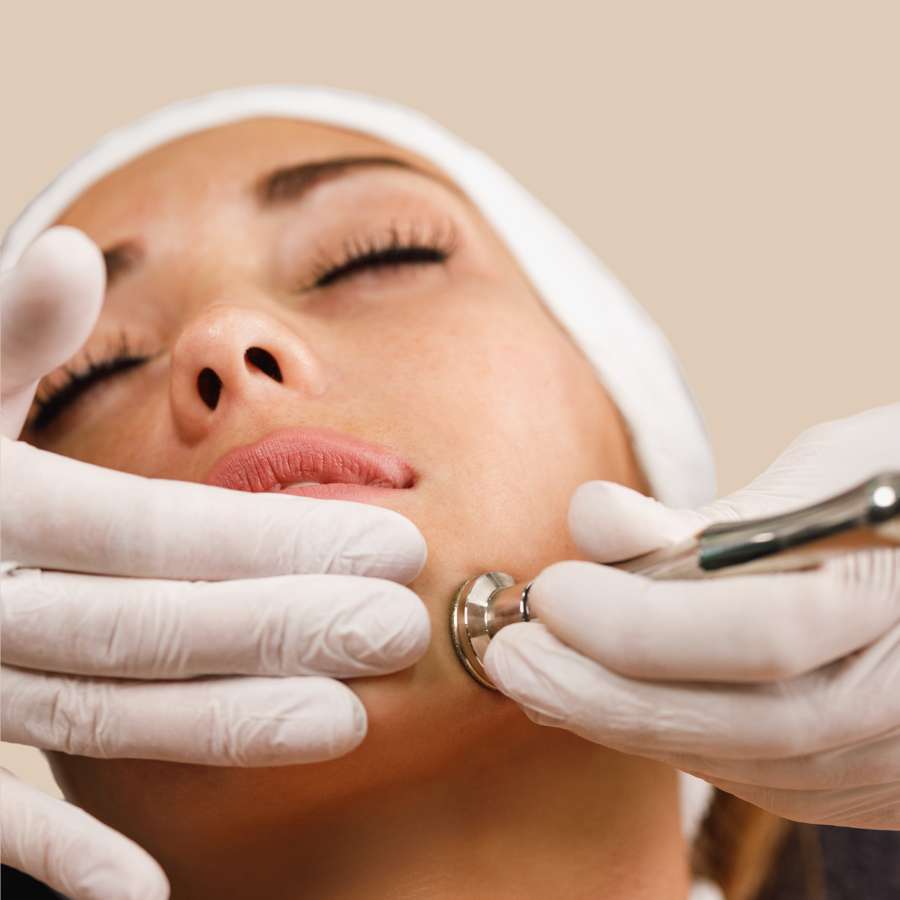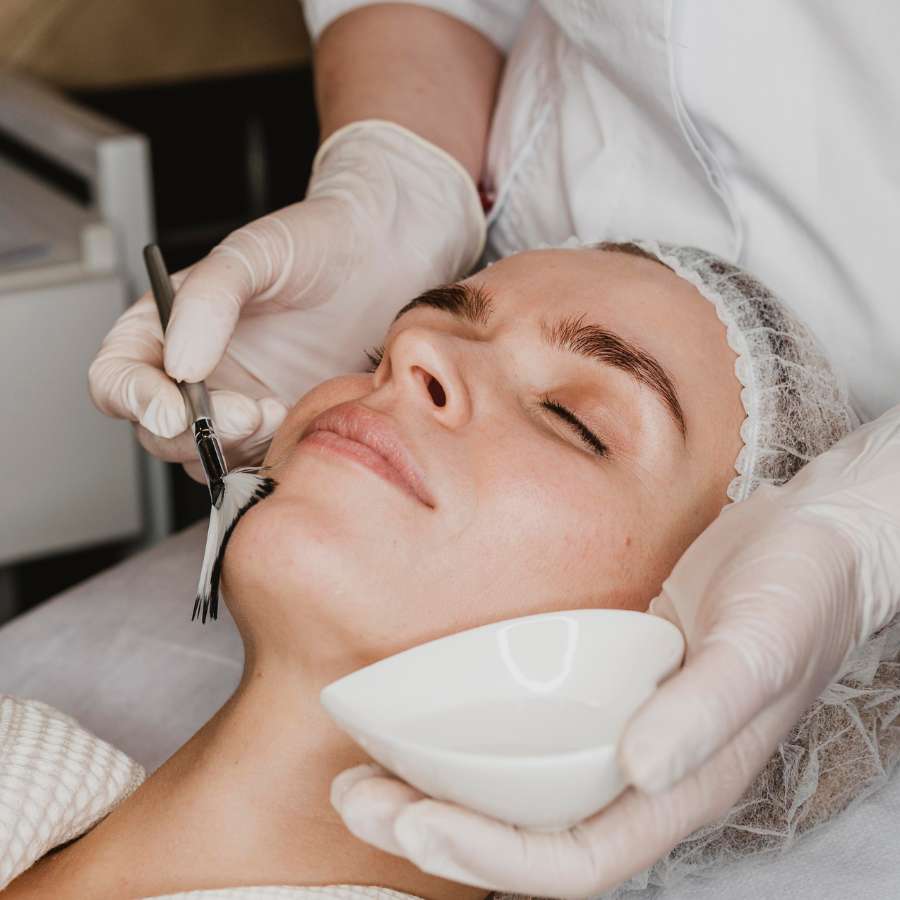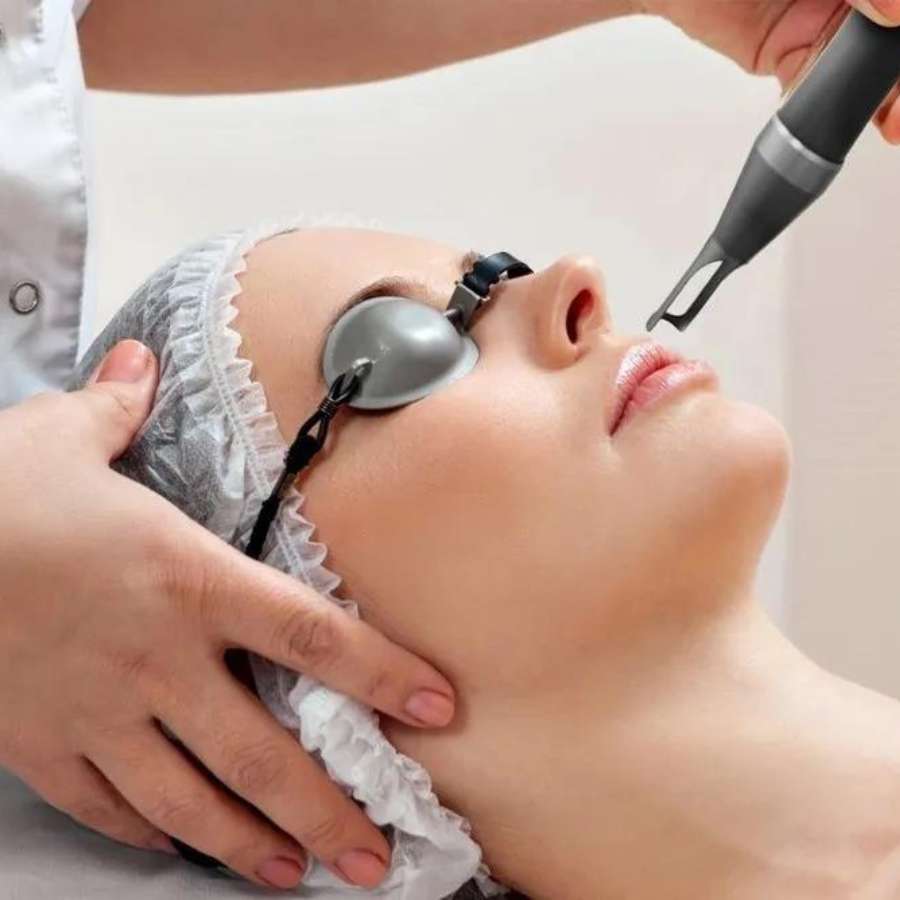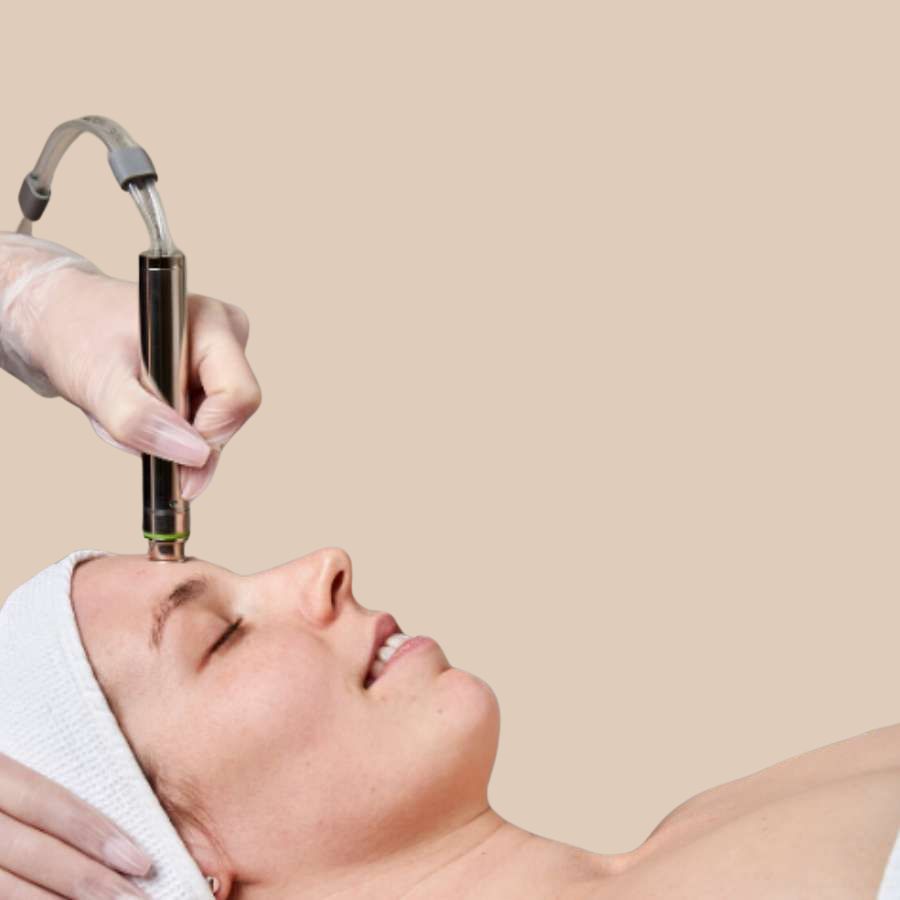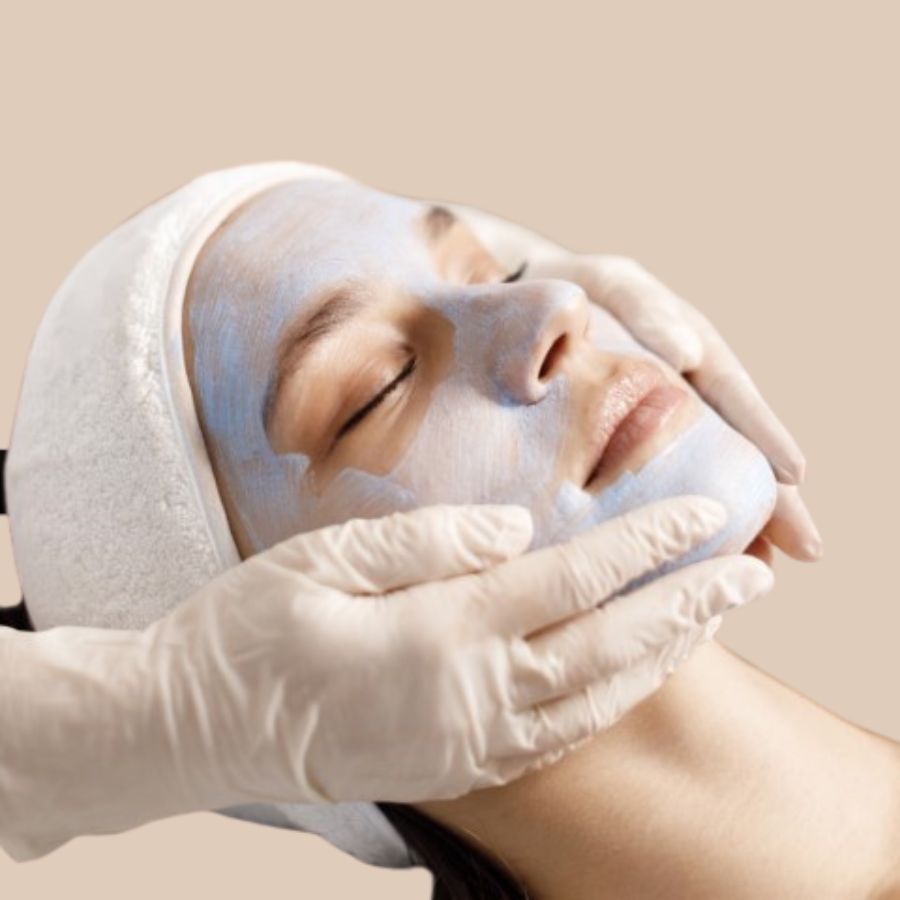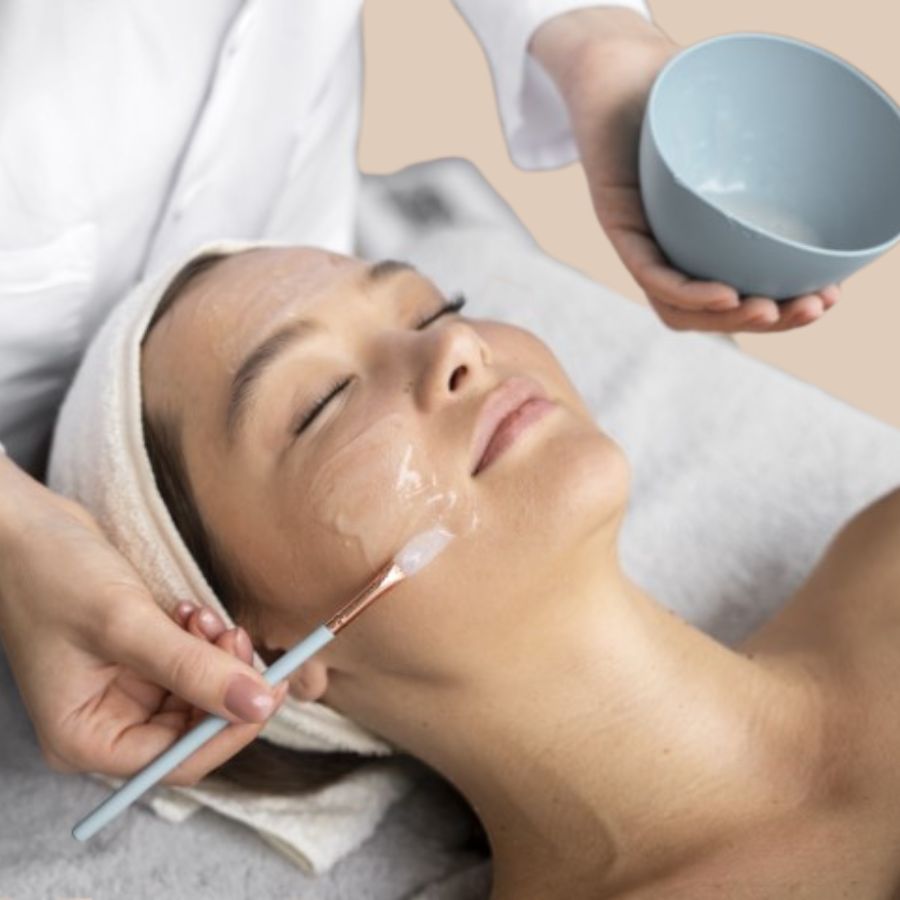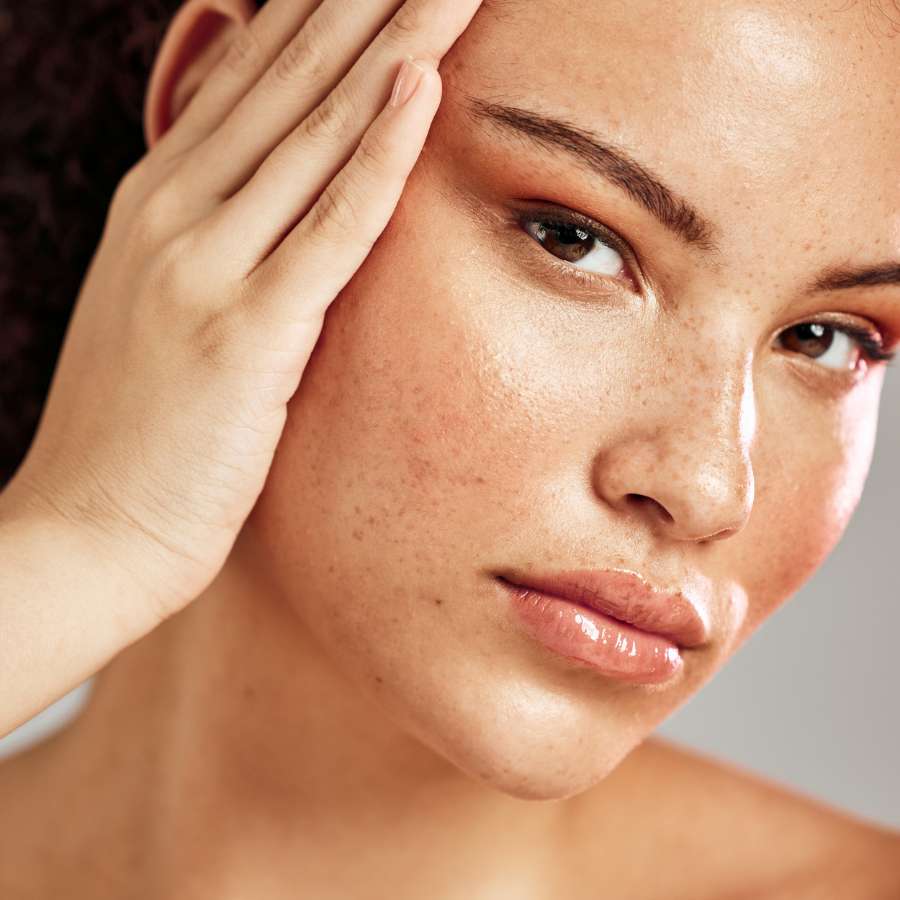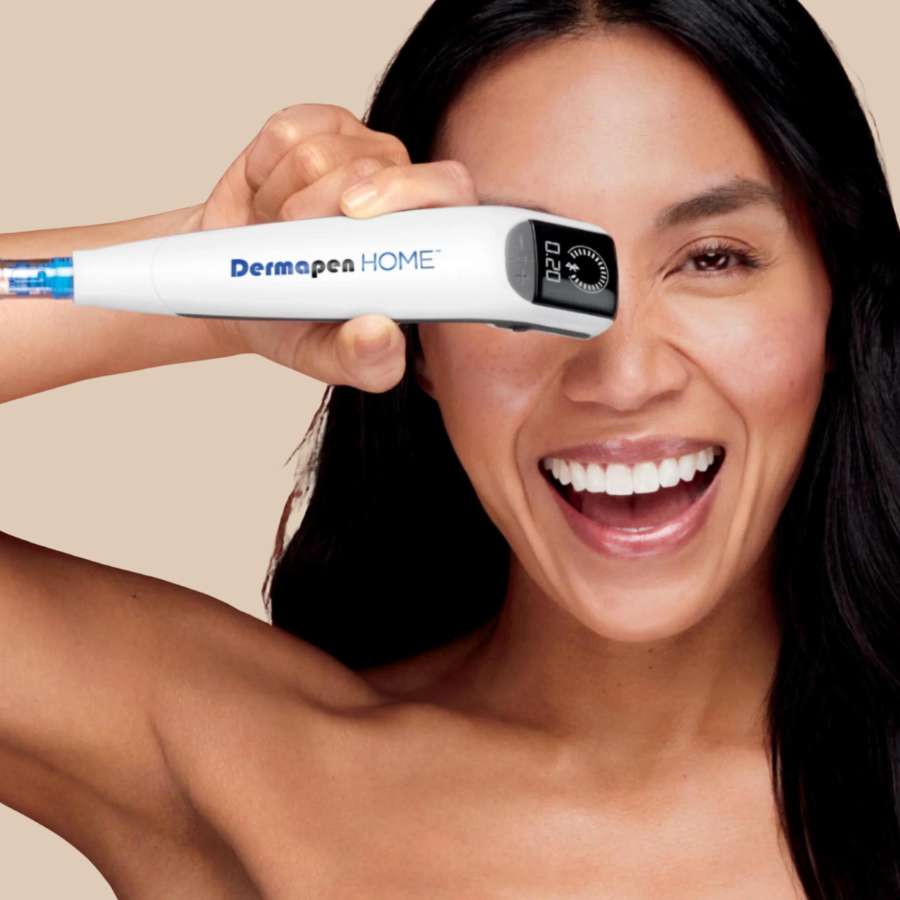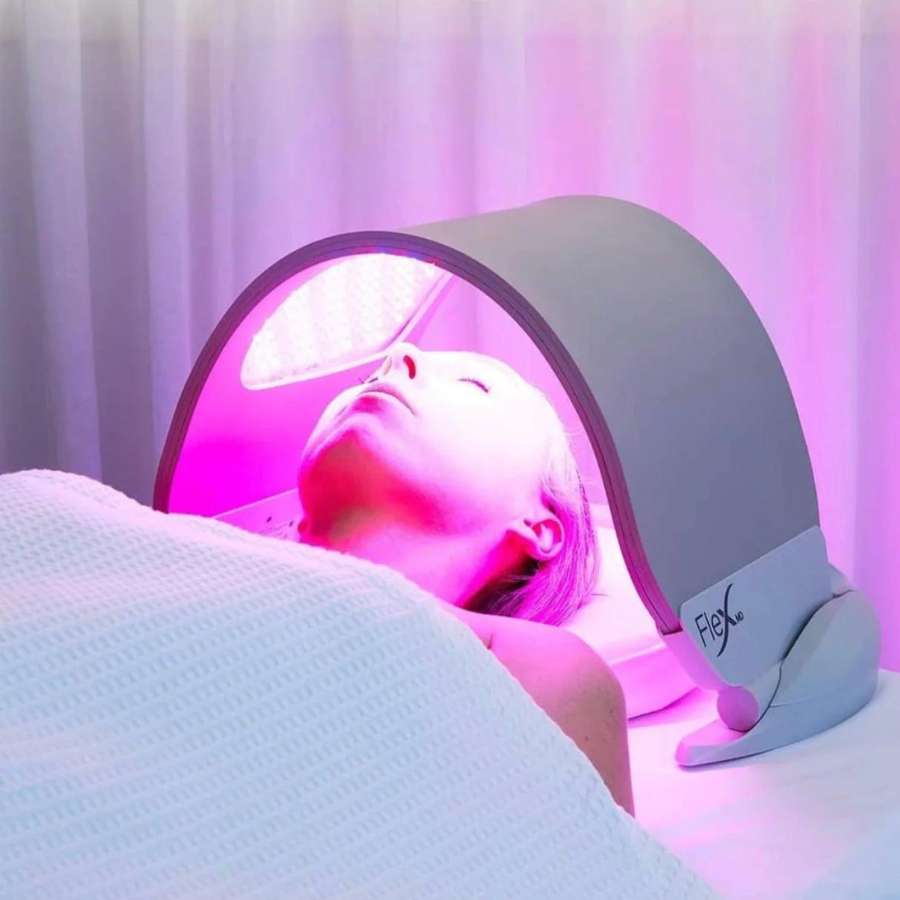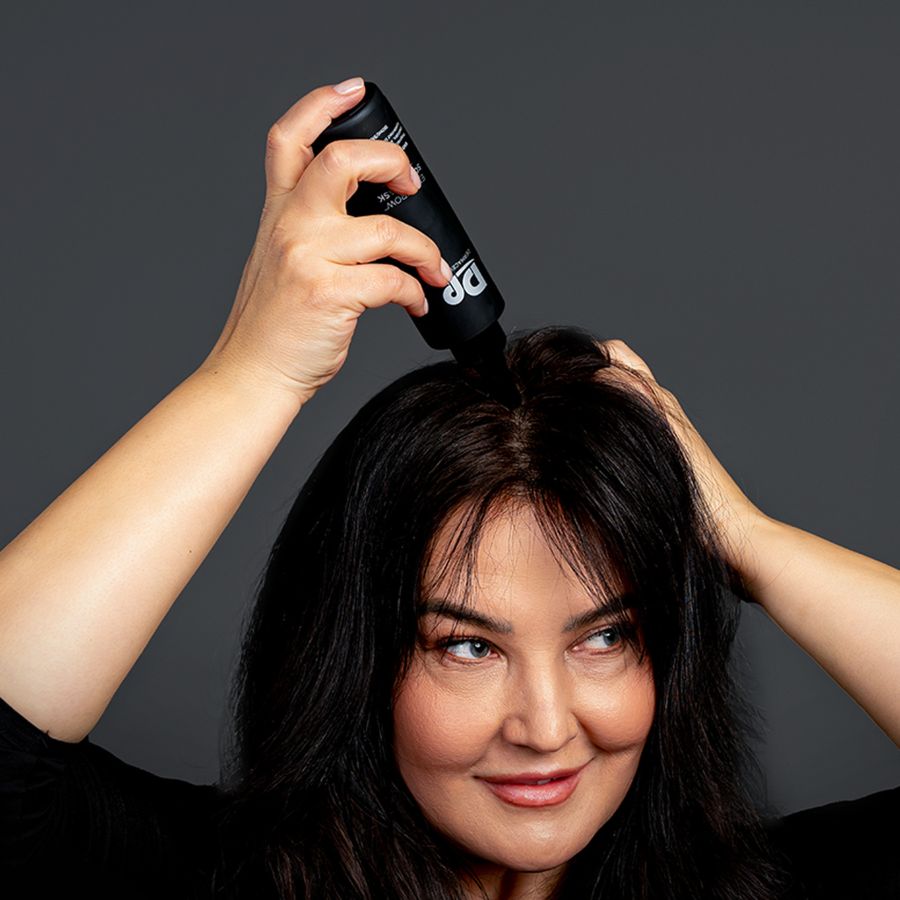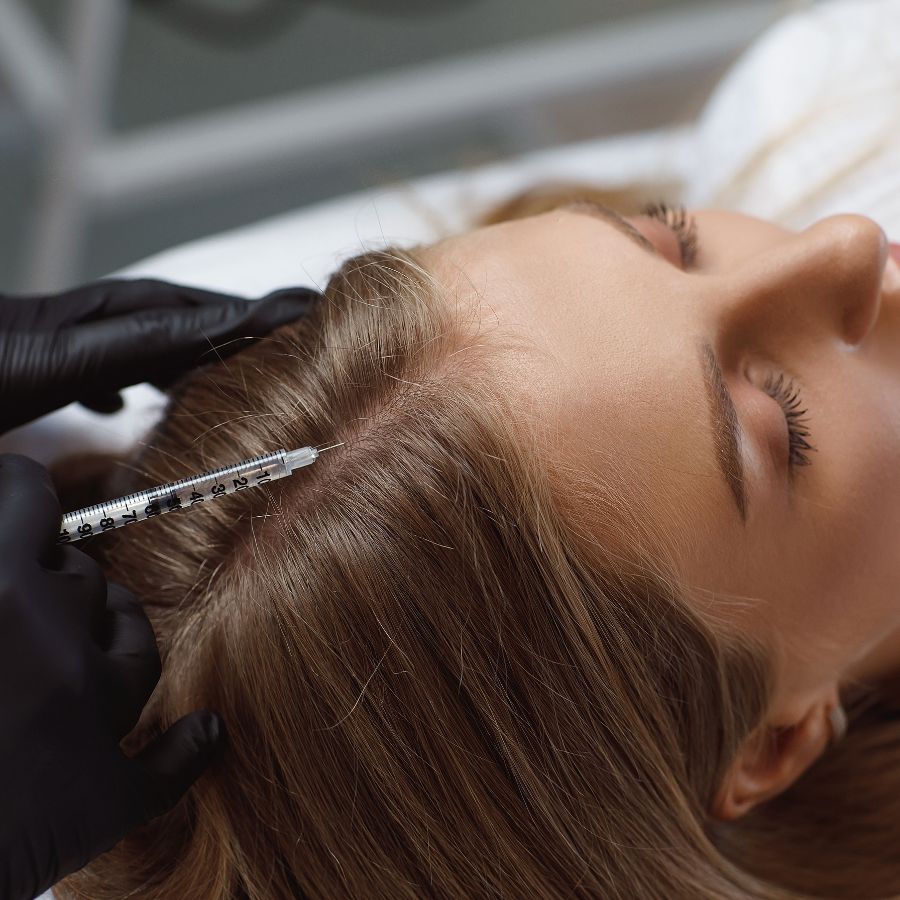Laser hair removal treatment is a popular cosmetic procedure that uses concentrated light beams to target and destroy hair follicles, reducing unwanted hair growth over time. It’s a long-term solution for those tired of constant shaving, waxing, or plucking.
Laser Hair Removal Treatment
Laser hair removal treatment has revolutionized the way people manage unwanted hair. Unlike traditional methods, it offers a semi-permanent reduction in hair growth, making it a preferred choice for many.
How Does Laser Hair Removal Work?
The procedure involves directing a concentrated beam of light (laser) into hair follicles. The pigment in the follicles absorbs the light, which then destroys the hair. This process inhibits future growth without damaging surrounding skin.
Different lasers are used depending on skin tone and hair color. For example, Alexandrite lasers work best for lighter skin, while Nd:YAG lasers suit darker tones. Consultation with a specialist ensures the right laser type is selected.
Who Is an Ideal Candidate?
People with dark hair and light skin typically see the best results. However, advancements in technology now allow effective treatment for various skin tones. Those with hormonal imbalances (e.g., PCOS) may require additional sessions.
Safety and Side Effects
Common side effects include redness and mild swelling. Serious complications are rare when performed by a licensed professional. Avoid sun exposure before and after treatment to minimize risks.
Laser Hair Removal Treatment Time
The laser hair removal treatment time varies based on the area being treated. Smaller zones like the upper lip take minutes, while larger areas like the back may require an hour.
Factors Affecting Treatment Duration
Hair density and thickness influence session length. Coarse hair may need more time than fine hair. Skin sensitivity also plays a role—some areas require slower passes.
Comparing Small vs. Large Areas
Facial treatments (chin, upper lip) are quick—often under 10 minutes. Legs or full back sessions can take 45-60 minutes. Multiple sessions are needed for optimal results.
Preparing for Your Session
Shave the area 24 hours before treatment. Avoid tanning or self-tanners for at least two weeks. Wear loose clothing to prevent irritation post-session.
Laser Hair Removal Treatment Schedule
A proper laser hair removal treatment schedule ensures long-lasting results. Most people need 6-8 sessions spaced 4-6 weeks apart.
Why Multiple Sessions Are Necessary
Hair grows in cycles, and lasers only target active follicles. Spacing sessions allows all follicles to be treated in their growth phase. Skipping sessions may reduce effectiveness.
Customizing Your Treatment Plan
Your specialist will assess hair growth patterns. Facial hair may require more frequent sessions (every 4 weeks). Body hair can often be treated every 6-8 weeks.
Maintaining Results Over Time
Annual touch-ups may be needed for upkeep. Hormonal changes (pregnancy, menopause) can trigger new growth. Stick to aftercare guidelines to prolong smoothness.
Laser Hair Removal Treatment Price
The laser hair removal treatment price depends on factors like location, clinic reputation, and treatment area. On average, single sessions range from $200-$500.
Cost Breakdown by Body Area
Small areas (upper lip, underarms): $75-$150 per session. Medium areas (bikini line, lower legs): $250-$350. Full-body packages can cost $3,000-$6,000.
Financing and Package Deals
Many clinics offer discounts for multiple sessions. Payment plans or medical financing may be available. Compare prices but prioritize quality and safety.
Is It Worth the Investment?
Compared to lifelong waxing or shaving expenses, laser treatment is cost-effective. Time saved on daily grooming adds value. Results vary, but most achieve 70-90% hair reduction.
Laser Hair Removal Treatment Full Body
Opting for laser hair removal treatment full body means targeting all major areas in one comprehensive plan.
Benefits of Full-Body Treatment
Eliminates the need for multiple hair removal methods. Uniform results across all treated areas. Ideal for athletes or those with excessive hair growth.
What Areas Can Be Treated?
Common zones include legs, arms, back, chest, and bikini area. Some clinics also offer hands, feet, and buttocks. Avoid sensitive areas like eyelids and tattooed skin.
Preparing for Full-Body Sessions
Stay hydrated and moisturized before treatment. Wear comfortable, easy-to-remove clothing. Plan for minimal sun exposure post-treatment.
Laser Hair Removal Treatment Frequency
The laser hair removal treatment frequency depends on individual hair growth cycles and treatment goals.
Standard Session Intervals
Facial hair: Every 4 weeks. Body hair: Every 6-8 weeks. Adjustments may be needed based on response.
Over-Treatment Risks
Too-frequent sessions can irritate skin. Allow follicles enough time to re-enter growth phases. Follow your specialist’s recommended schedule.
Long-Term Maintenance
After initial sessions, maintenance may be yearly. Monitor regrowth and schedule touch-ups as needed. Consistency ensures lasting smoothness.
Laser Hair Removal Treatment Duration
Understanding the laser hair removal treatment duration helps set realistic expectations.
Short-Term vs. Long-Term Commitment
Individual sessions are quick, but full results take months. Most see significant reduction after 3-4 sessions. Complete treatment usually spans 6-12 months.
Factors Influencing Duration
Hormonal conditions may extend the timeline. Larger areas require more sessions. Adherence to aftercare affects healing and results.
Patience Is Key
Results aren’t immediate—hair sheds gradually. Avoid comparing progress to others’. Trust the process for best outcomes.
Laser Hair Removal Treatment Benefits
The laser hair removal treatment benefits go beyond just hair reduction.
Convenience and Time-Saving
No more daily shaving or monthly waxing appointments. Ideal for busy professionals or travelers. Smooth skin with minimal upkeep.
Skin Health Improvements
Reduces ingrown hairs and razor bumps. Less irritation compared to waxing or epilating. Can improve skin texture over time.
Boost in Confidence
Freedom to wear any clothing without worry. No last-minute shaving before events. Enhanced self-esteem from consistent results.
Laser Hair Removal Treatment Before and After
Seeing laser hair removal treatment before and after photos showcases its transformative potential.
What to Expect Initially
Before: Hair is visible, possibly thick or coarse. After first session: Some shedding, but regrowth occurs. After full treatment: Significant reduction, finer regrowth.
Realistic Expectations
Not all hair disappears permanently. Some areas may need occasional touch-ups. Results vary by individual.
Documenting Your Journey
Take photos pre- and post-treatment. Track progress to stay motivated. Share experiences with others considering the procedure.
Laser Hair Removal Treatment Areas
The versatility of laser hair removal treatment areas makes it suitable for nearly any body part.
Common Treatment Zones
Face: Upper lip, chin, sideburns. Body: Legs, arms, underarms, bikini line. Men: Chest, back, beard shaping.
Sensitive Areas Considerations
Bikini and underarms may feel more discomfort. Specialists adjust settings for delicate zones. Numbing creams can ease sensitivity.
Uncommon but Treatable Areas
Ears, toes, fingers, and buttocks. Avoid areas with tattoos or moles. Consultation ensures safety for unique zones.
Laser Hair Removal Treatment for Face
Laser hair removal treatment for face is a game-changer for those battling persistent facial hair.
Popular Facial Treatment Areas
Upper lip, chin, cheeks, and sideburns. Helps with peach fuzz or coarse strands. Precision settings prevent skin damage.
Hormonal Hair Growth Challenges
Conditions like PCOS may require more sessions. Combining laser with hormonal therapy improves results. Patience is essential for hormonal-related hair.
Makeup and Skincare Post-Treatment
Avoid heavy makeup for 24 hours. Use gentle, fragrance-free products. Sunscreen is mandatory to protect treated skin.
Laser Hair Removal Treatment After Care
Proper laser hair removal treatment after care ensures optimal results and minimizes side effects.
Immediate Post-Treatment Steps
Apply aloe vera or cooling gels. Avoid hot showers, saunas, or intense workouts. Wear loose clothing to prevent friction.
Long-Term Skin Maintenance
Moisturize daily to keep skin healthy. Exfoliate gently to prevent ingrown hairs. Stay hydrated and avoid excessive sun exposure.
Signs of Complications
Prolonged redness, blistering, or scarring. Contact your specialist if unusual reactions occur. Follow-up visits ensure proper healing.
FAQs
How Many Sessions Are Needed for Best Results?
Most people require 6-8 sessions for significant reduction. Hormonal factors or hair thickness may increase this number.
Does Laser Hair Removal Hurt?
Discomfort varies—many describe it as a rubber band snap. Numbing creams can minimize pain.
Can Blonde or Gray Hair Be Treated?
Traditional lasers are less effective on light or gray hair. Specialized lasers may offer some improvement.
Is Laser Hair Removal Permanent?
It significantly reduces hair growth but isn’t always 100% permanent. Maintenance sessions may be needed.
Can I Shave Between Sessions?
Yes, shaving is allowed. Avoid waxing or plucking, as these remove the follicle.
Conclusion
Laser hair removal treatment offers a modern, efficient solution for long-term hair reduction. From understanding laser hair removal treatment time to mastering after care, this guide covers everything you need for a smooth journey. Whether targeting specific areas or opting for full-body treatment, the benefits far outweigh temporary methods. Consult a certified specialist to personalize your plan and enjoy lasting confidence.



